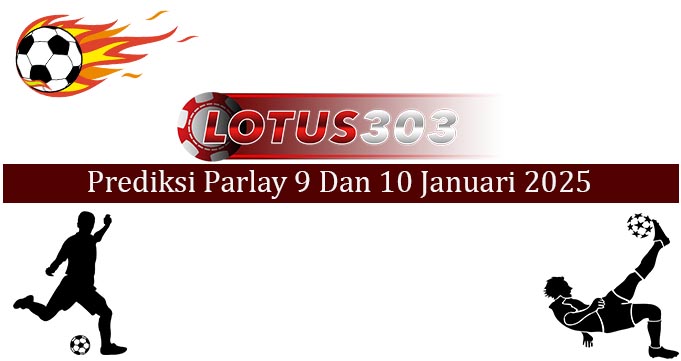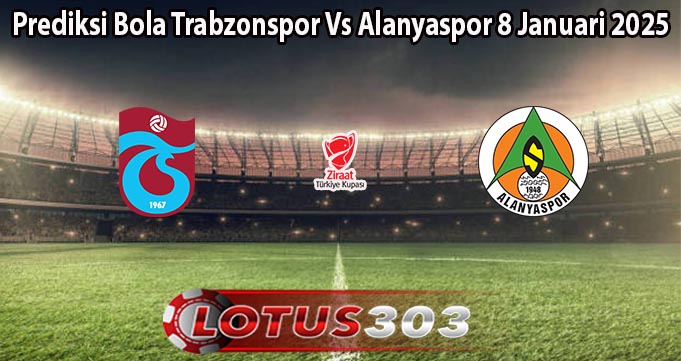LOTUS303: Prediksi Bola Terupdate 2025 | Analisis Akurat untuk Anda
Dapatkan prediksi bola terlengkap dan akurat hanya di Lotus303. Analisis mendalam untuk setiap pertandingan, membantu Anda membuat keputusan yang tepat.

Prediksi Bola Goztepe Vs Kasimpasa 14 Januari 2025 – Pekan ini akan hadir matchday 19 kompetisi Turkey Super Lig. Bertempat Gursel Aksel Stadium Goztepe selaku... Read More »

Prediksi Bola PSG Vs St Etienne 13 Januari 2025 – Matchday 17 kompetisi Ligue 1 pekan ini bertempat Parc des Princes. PSG selaku tuan rumah... Read More »

Prediksi Parlay Akurat 13 Dan 14 Januari 2025 sudah disiapkan oleh situs prediksi parlay terpercaya Lotus303. Situs Lotus303 akan memberi gambaran bagi pengemar bermain parlay membantu para... Read More »

Prediksi Bola Man City Vs Salford City 12 Januari 2025 – Etihad Stadium akhir pekan ini mengelar pertandingan babak ketiga FA Cup. Man City selaku... Read More »

Prediksi Bola Valladolid Vs Real Betis 11 Januari 2025 – Jornada 19 kompetisi La Liga Santander akan hadir pada akhir pekan ini. Tuan rumah Valladolid... Read More »

Prediksi Parlay Akurat 11 Dan 12 Januari 2025 sudah disiapkan oleh situs prediksi parlay terpercaya Lotus303. Situs Lotus303 akan memberi gambaran bagi pengemar bermain parlay membantu para... Read More »

Prediksi Bola Malut United Vs Madura United 10 Januari 2025 – Kompetisi Liga 1 Indonesia kembali hadir pada akhir pekan ini. Memasuki matchday 18 Malut... Read More »

Prediksi Bola Benfica Vs Braga 9 Januari 2025 – Estadio Dr Magalhaes Pessoa mengelar laga kompetisi Taca da Liga. Memasuki babak semifinal tengah pekan ini... Read More »

Prediksi Parlay Akurat 9 Dan 10 Januari 2025 sudah disiapkan oleh situs prediksi parlay terpercaya Lotus303. Situs Lotus303 akan memberi gambaran bagi pengemar bermain parlay membantu para... Read More »

Prediksi Bola Trabzonspor Vs Alanyaspor 8 Januari 2025 – Kompetisi Turkish Cup tengah pekan ini mengelar matchday pertama. Berlangsung Papara Park tuan rumah Trabzonspor akan... Read More »